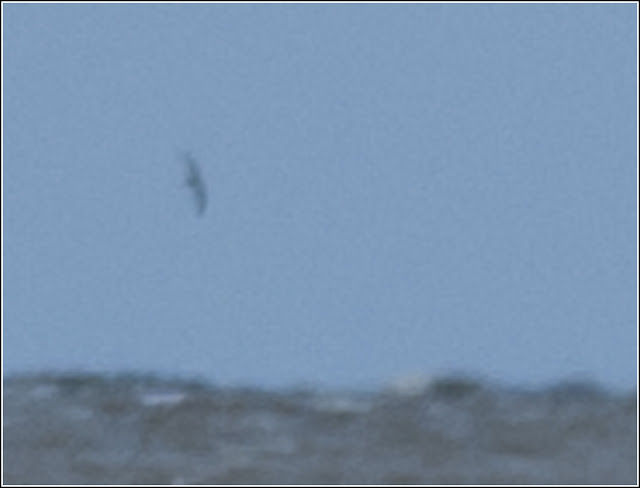------------------------------------------
This is an official posting from the north shore of Lake Erie Cave Swallow watch.
Station: Erieau and surrounding area
Date: November 10, 2012
Time: 2:00 PM - 5:15 PM
Head counter: J. Vandermeulen
Other observers: none
Species:
Cave Swallow - 0
Other notable species: none
Weather predictions: 14 degrees Celcius with 25 km/h south winds. Could be great for the influx of Cavies to begin!
-----------------------------------------------
So that just about sums it up. After a great night with friends in Guelph, I woke up a bit later than usual and prepared myself for the next 5 days being on the road. I arrived in the Rondeau area by early afternoon and began my search. I ran into Blake Mann who told me the news that he had seen both a Snowy Owl and Eurasian Wigeon in the Rondeau area with Steve Charbonneau and Jim Burk, but they had seen no Cave Swallows.
I did have a few interesting birds including 9 species of sparrows along the McGeachy Pond marsh trail. A few Fox Sparrows and a Field Sparrow were nice to see. There were thousands of ducks in Rondeau Bay including what I believed to be a leucistic Canvasback. It was pure white with a light brown/golden head, the only colour on it. No photos today - I didn't even take the camera out of the bag once! While I was at Erieau, I saw the posting about the Cave Swallows seen at Holiday Beach. If I had driven straight there, I would have arrived with plenty of time before sunset. But there would be no guarantee that the swallows would still be present, and it is also quite the drive. I am confident that there will be more Cave Swallows in southern Ontario soon!
I think that I will most likely head down to Pelee for a few days. Between Brandon and I scouring the area, we should be able to turn up something good!
---------------------------------------------------
I have to say that my strategies have changed for my big year at this stage. With the record safely in the bag, I am being a little less frantic in my chase of rarities. It was nice to spend a few hours around Rondeau today without really birding too intensely! On one hand, at this stage of the year it is kind of nice to not have to push myself everyday to find new birds. There are also fewer new year birds in the province so I can make a concerted effort to search for one target species without having to worry about getting other rarities that are around. Contrast that to the beginning of the year where I had to prioritize when/where I should go to pick up all the rarities. It was a little bit stressful at times, and I was constantly analyzing my big year attempt! On the other hand, it was nice in the beginning of the year when there were year birds around every bend. If I missed a bird I chased, I would probably still pick up other common year birds, making the trip still seem worthwhile. Now, if I miss a target species, there is no consolation prize. I am also sure that there will be some frustrating times in the next 7 weeks when there are no possible year bird to chase.
Anyways, we will see how day two of the Cave Swallow watch goes tomorrow!

































